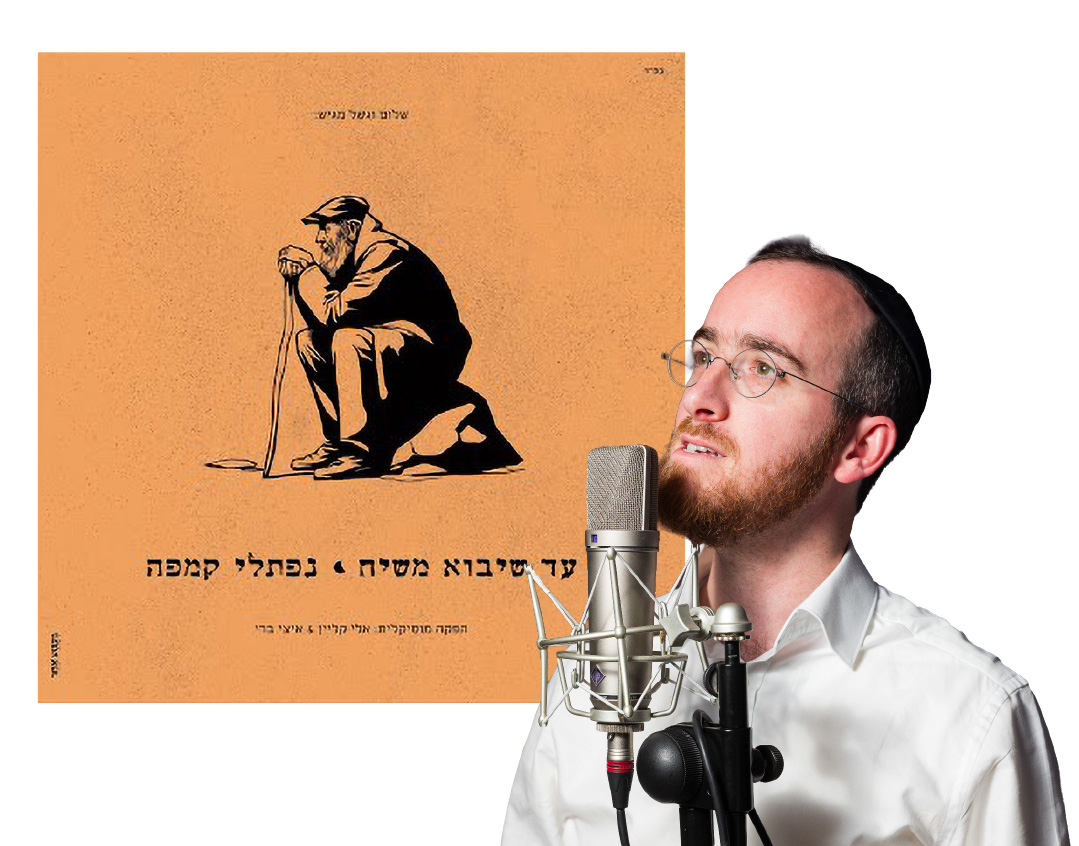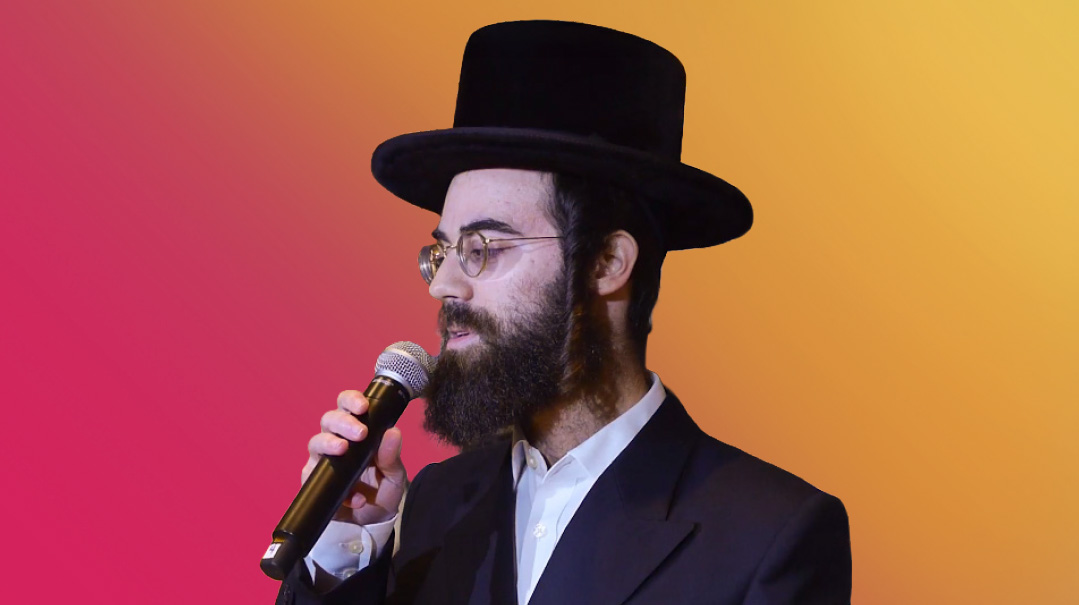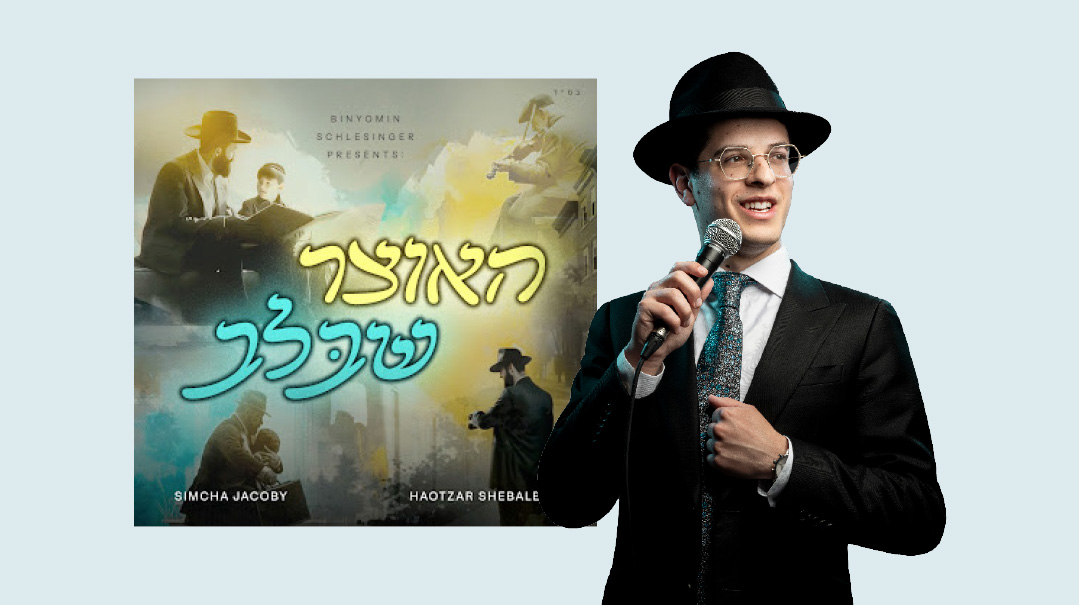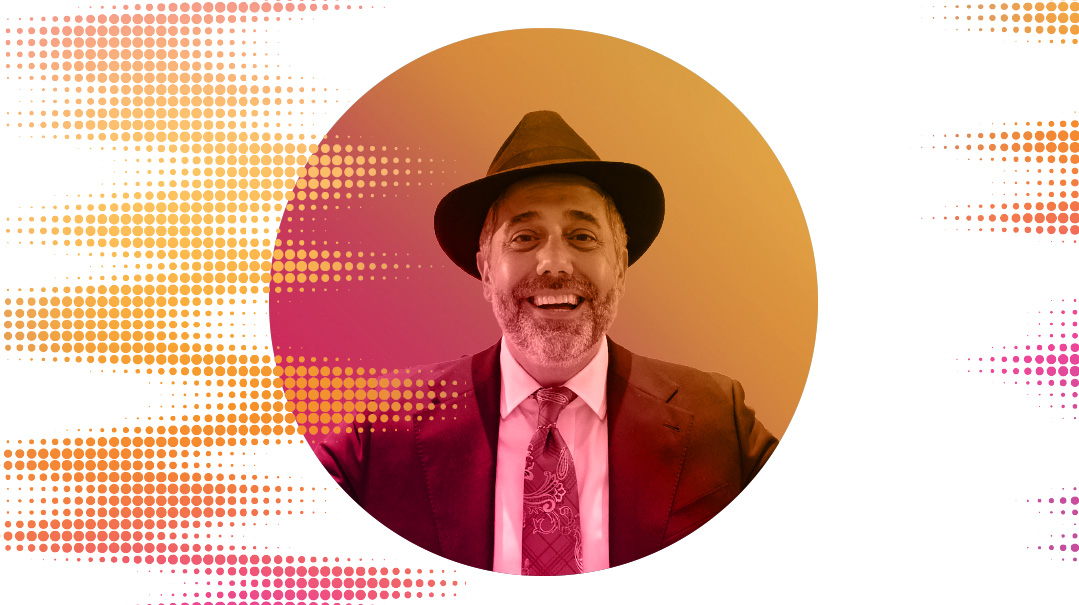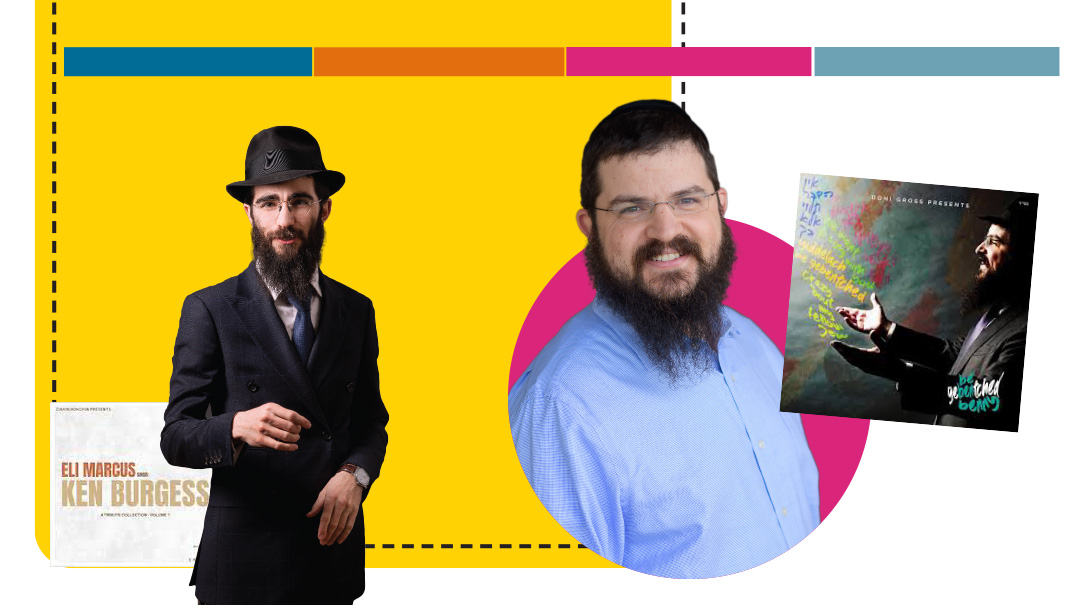Mood Mix with Moshe Groner
| June 3, 2025“People used to view a kumzitz as two hours of slow, heartfelt singing, but that’s changing”

By day he sells real estate, but come evening, MOSHE GRONER a Carlebach-and-Chabad-inspired kumzitzer and vocalist, is usually playing at a wedding, a sheva brachos, a bar mitzvah, siyum, or just about any place that needs a spark of good musical energy. He lives in Jackson and most of his gigs are in the Tristate area, but he and his guitar often find themselves on buses across Europe, playing music for kevarim tours
MY FAVORITE TYPE OF GIG
For me, the more interactive the better. That usually happens when bochurim are involved, so camp kumzitzes and siyumim rank high. People used to view a kumzitz as two hours of slow, heartfelt singing, but that’s changing. For me, a kumzitz also includes dancing to upbeat songs and feeling the simchah.
AN EVENT THAT ALMOST WASN’T
I was on my way to play at a fundraiser in Pennsylvania when I realized that my voice was pretty much not there. I tried the usual voice warm-ups and drinks, but it wasn’t getting any better. I called Didi Steinberg, one of the Shlepping Nachas soloists, who was coming to the event as an accompanying guitarist, and told him what was going on. He was amazing and really helped me out by singing along whenever he could. I gave it all I had, and with Didi’s help, it was actually a pretty successful event.
A SONG THAT WORKS AS AN OPENING
To start off, I’ll be looking for something that can ease people into the mood. Something simple with a six-eight beat. The Chabad Yedid Nefesh, for example, can usually work nicely.
WHEN I PLAY FOR PATIENTS
There is a young teenager in Lakewood who is unwell, for whom I and many others have played and sung. The family members are always so grateful, but I can tell you that I definitely gain more chizuk from their simchah and strength in the face of serious illness than whatever chizuk they gain from the music I bring.
A SPECIAL SHABBOS NIGGUN
I grew up in a musical family, and zemiros were always a family event. We never missed out on singing Yossi Green’s “Meshoch Chasdecha,” which Avraham Fried made famous years ago on Forever One. Every week, that niggun was part of the seudah. My father would sing the chazzanus solo, and we all backed him with harmony.
MY FAVORITE NIGGUN FOR LECHA DODI
I love the Breslov niggun, but the first time I heard it was when I was already in beis medrash. We were away for a yeshivah Shabbos somewhere upstate, and my friend sang it for Lecha Dodi. It was so sweet and so beautiful — and even though I was already a musician at that point and that niggun is well-known, it was completely unfamiliar to me. I had to actually learn it as new material.
SOME LYRICS I’LL NEVER FORGET
Just this line: “There will be no more lonely people… ” Enough said.
AN ALBUM I’D TAKE ALONG ON A ROAD TRIP
Shlomo Carlebach’s Uvenei Yerushalayim. The album is a recorded concert from 1974, containing some of his most beautiful niggunim, and he explains the lyrics and ideas behind each one, which always brings home powerful messages.
A SONG THAT TAKES ME BACK TO MY CHILDHOOD
“Machnisei Rachamim” by Reb Chaim Banet. We used to use that tune for parts of davening in the younger grades in yeshivah.
THE MUSIC I MOST CONNECT TO
I connect to Chabad niggunim, although the Chabad niggun purists probably wouldn’t like that my favorite recordings are the “Tzama” project albums, which aim to disseminate Chabad niggunim throughout the broader Jewish world through famous Israeli and Jewish artists and more modern arrangements.
A SONG THAT REMINDS ME OF MY GRANDPARENTS
That would be my grandfather’s nusach for “Gam ki eilech begai tzalmaves…” from Mizmor L’David. We used to daven in the same shul as my grandparents when I grew up, and he had a certain warm, beautiful nusach for that pasuk. I haven’t heard it anywhere else, so it might have been his own.
A SONG THAT WILL NEVER GET OLD
Both of Carlebach’s “Mimkomcha” niggunim. They’re already fifty years old and still going strong in shuls around the world.
A SONG THAT TAKES ME BACK IN TIME
I’m not sure if this is a real memory or just something that I know happened, but when I was three years old and Shloime Dachs visited Camp Romimu, where my father worked, he held me on his lap as he sang “Hamalach Hagoel.” This happened on the day of my upsheren, so I have the pictures, but I’m not sure I actually have the memory.
A SONG THAT CAN BRING DIFFERENT TYPES OF YIDDEN TOGETHER
“Am Yisrael Chai,” of course. And there is also “Anachnu Maaminim Bnei Maaminim,” which has gone very far. Practically anyone with a sense of Jewish feeling and belonging knows it.
THE MUSIC THAT HELPS ME UNWIND
Instrumental music, such as C Lanzbom’s guitar albums.
MY BEST FEEDBACK
My release of Carlebach’s famous “The Last Seder in the Warsaw Ghetto” (“Ki B’Shem Kodshecha”) has gotten a lot of reactions. Some people tell me that they can’t go into Pesach without watching it. I once sang this live at a yeshivah kumzitz, and a kid later called me up to say that he had been cut off from his parents for a while, but the song had pushed him to reach out and reconnect. You never know who’s in the audience, what’s happening in their lives, and what the music can do for them.
(Originally featured in Mishpacha, Issue 1064)
Oops! We could not locate your form.


